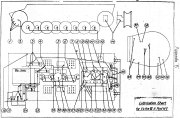The Tiger E had two large radiators for cooling the engine. Each one was in its own compartment, shared with a fuel tank, in the rear of a sponson. This arrangement dates from the earliest surviving Tiger design drawing, made when the hull top was widened for the Krupp turret. It's inefficient because the radiators are vertical, but the inlet and outlet grilles in the hull roof are horizontal, therefore large air ducts exist fore and aft of each radiator.
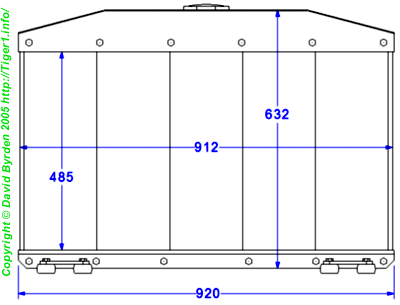
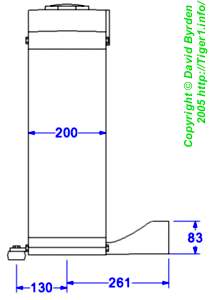
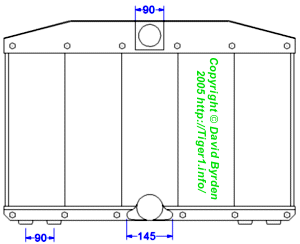
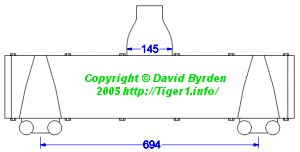
These diagrams give the basic dimensions of the radiators. The connections for inlet and outlet pipes were on the rear side. There were two projections with four rubber feet on the front side.
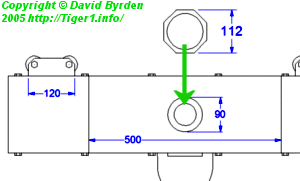
The left-side radiator had a black filler cap on top.
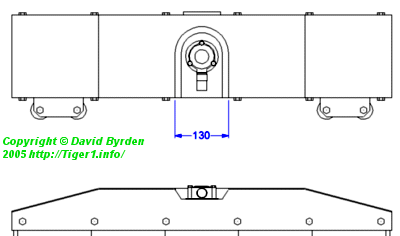
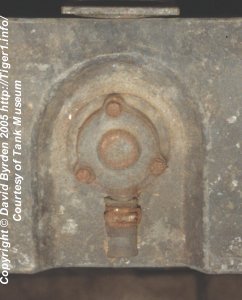
The right-side radiator had a safety valve, facing forward. Therefore, when a Tiger's engine overheated, condensed vapour would emit from the large right-side grille on the engine deck.
The safety valve is numbered (13) on the Tiger Lubrication Chart. It is to be inspected every 2000 km.
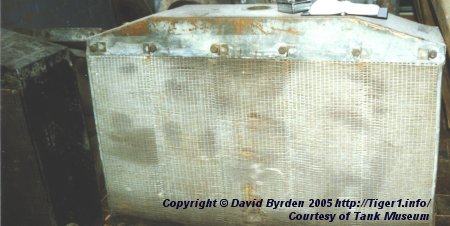
These radiators are from the Bovington vehicle, in their original paint. The right-side radiator is painted black; the left-side one has the standard interior blue-grey colour. This may have been deliberately done to distinguish one kind of radiator from another. The grilles at front and back seem to be bare steel, but they are of course very dirty.
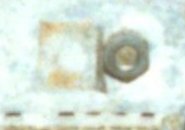
Small pieces of metal are spot-welded to the frame to prevent these nuts working loose.
[1] Survey of Tiger 250122, at Bovington museum, by David Byrden
[2] Der Panzerkampfwagen VI und seine abarten, Walter J. Spielberger, Motor Buch Verlag
